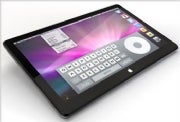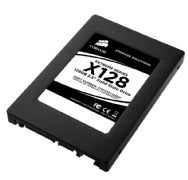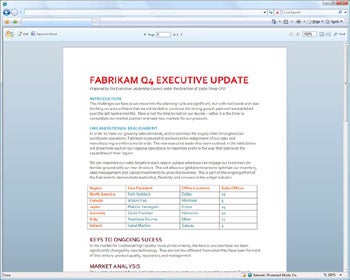
Apple is racing to launch a tablet-sized device in time for the Christmas shopping season, according to a report from the Financial Times (FT). Featuring a 10-inch touch screen display, Apple's tablet is also said to launch alongside "Cocktail," a project designed to increase sales of CD-length music.
The Apple tablet, rumored for more than a year now, has finally gained some credibility with FT's report today. The publication also quotes "executives familiar with the plans" saying that Apple could be planning a simultaneous launch of the tablet with a new service that is "all about re-creating the heyday of the album when you would sit around with your friends looking at the artwork, while you listened to the music."
What we know about the Apple tablet
FT is scarce on details about Apple's upcoming tablet device. The report describes device as a "full-featured, tablet-sized computer" which will be out just in time for the Christmas shopping season. The tablet's screen is reported to be up to 10 inches in diagonal but it won't have phone capabilities like the iPhone.
The FT says the Apple tablet will have Wi-Fi, allowing it to access to Apple's online stores. Besides Amazon Kindle-like capabilities, the Apple tablet is reported to be great for watching movies, according to an entertainment executive quoted by the FT. No word on pricing, but previous speculation points to an $800 price point.
What's in Apple's "Cocktail"
The FT is also reporting that Apple is working on a project code-named "Cocktail," a collaboration between the Cupertino company and record labels, namely EMI, Sony Music, Warner Music and Universal Music Group, which will bundle liner notes and video clips with the music sold on the iTunes Music Store (iTMS). The initiative is reportedly expected to be a reality as early as September.
The FT says Cocktail is a new type of interactive album, which will combine photos, lyrics sheets, video clips, and liner notes, all gathered into an interactive booklet. This new breed of album booklet will also play songs directly, without having to go back to iTunes, the report adds.
Myth or Reality?
Convinced by the Apple tablet? Judging by the expected screen size and rumored capabilities, the Apple tablet will not only be an oversized iPod Touch, ready for prime-time movies and music, but also a direct competitor to Amazon's Kindle if Apple will start selling books in the iTunes music store.
Although so far the "Cocktail" news would put multimedia at the heart of the Apple tablet, Internet connectivity is the key to delivering the content to the device. And this is where last week's rumors and today's FT report conflict: Apple Insider said the tablet would feature 3G connectivity, same as the iPhone, while the FT reported today that no such capability will be present.
So while this intricate detail is up for debate, the question to users remains whether they would want a 3G tablet that would be chained to a wireless carrier (be it AT&T or Verizon) or the somehow limited freedom to use any Wi-Fi access point they have handy?
Daniel Ionescu, PC World












